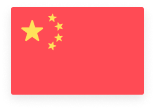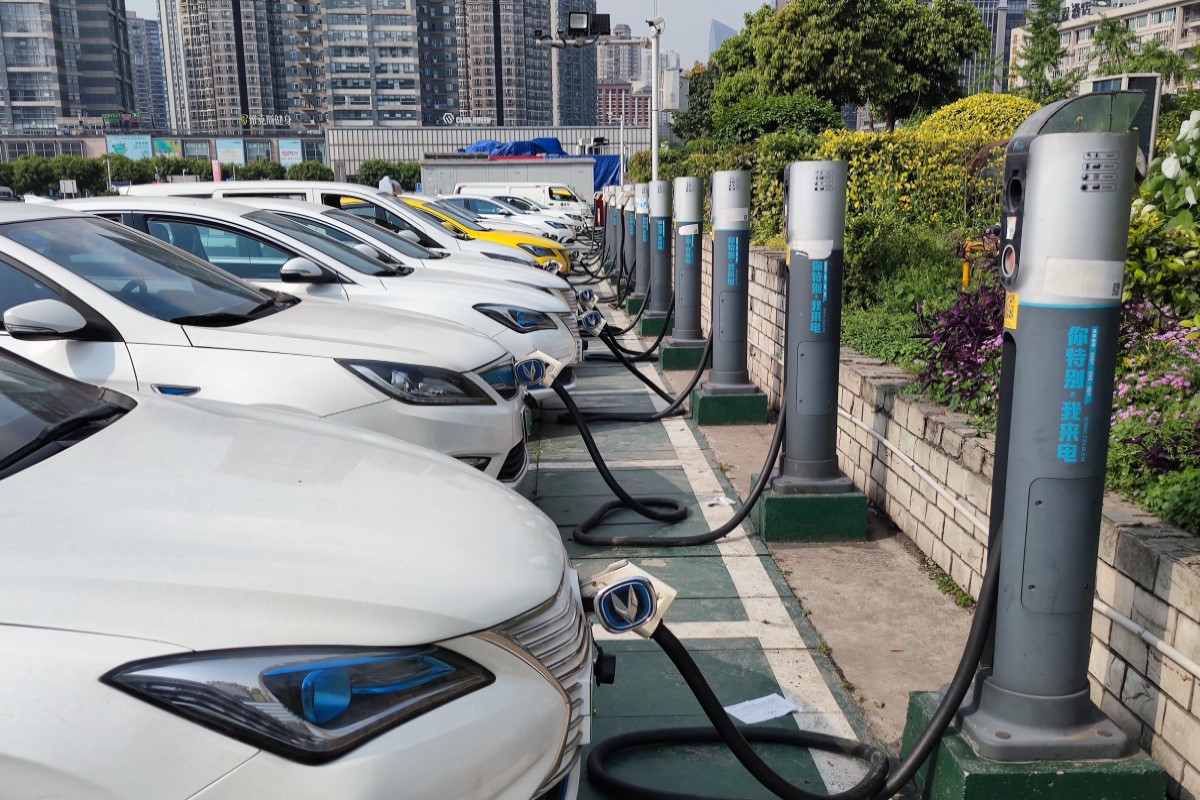China’s electric vehicle (EV) market continues to lead the global race, driven by rising domestic demand, innovation, and robust government support. In 2024, the market reached a critical juncture as it shifted from rapid expansion to profitability, with companies like BYD at the forefront.
China remains the world’s largest EV market, accounting for over half of global EV sales in 2024. 40% of new cars sold in the country are battery-electric vehicles (BEV) and plug-in hybrid electric vehicles (PHEV), and ING economists believe China is on track to get close to the 50% line for EV sales this year. “With a share of more than 60% in global EV sales, this pushes the market EVs to almost 25% in 2025 (with BEVs covering some 17%) despite backtracking in the US,” comments Rico Luman, senior sector economist transport and logistics at ING.
As Luman points out, new Chinese brands’ rapidly growing market share highlights the diverging picture between East and West. “Both BYD and Geely have entered the top 10 car groups, whereas just five years ago, BYD was relatively small,” he says.
According to the automotive industry portal MarkLines, BYD’s sales jumped 46% on the year to about 3.65 mn vehicles, and sales at Zhejiang Geely Holding Group grew 30% to rank third at 2.01 mn vehicles. At the same time, foreign automakers such as Volkswagen, General Motors, Toyota Motors, and Honda Motor lost ground.
The rise of private Chinese car manufacturers is not stopping at home but is also spreading to the global stage. Companies such as BYD and Geely are utilising the cost competitiveness gained on the domestic market to expand internationally.
BYD has significantly increased its exports to regions such as Southeast Asia and Latin America. In 2024, BYD’s global sales grew by 41% to 4.27 mn vehicles, surpassing automakers like Honda, Nissan, and Suzuki for the first time.
Geely and its brands also reached record global sales of 3.33 mn vehicles in 2024, and the company aims to achieve 5 mn units by 2027. Geely’s luxury EV brand, Zeekr, is now available in more than 40 markets worldwide.
Rapid pace of innovation strengthens China’s EV market
The Chinese government’s policies continue to play a crucial role in its EV market development, including subsidies for new energy vehicles (NEVs), investments in charging infrastructure, and stringent emission regulations. These measures have accelerated the shift toward greener transportation and reduced reliance on fossil fuels.
At the same time, China has focussed on building the complete value chain, including parts like software and battery cells.
“The pace of innovation, government subsidies and rapid scaling in EVs has created a proliferation of car firms and capacity. In part, this is because EV production is simpler than fossil fuel engines, reducing barriers to entry. As a result, Chinese firms are manufacturing competitive products and looking for opportunities abroad,” explains Guillaume de Noyelle, Equity Research Analyst, Global Consumer and Industrials, at Lombard Odier in a market insight.
However, Chinese EV manufacturers face significant challenges due to escalating trade tensions with the United States and Europe. In October 2024, the European Union imposed tariffs of up to 45.3% on Chinese-built electric vehicles, citing concerns over state subsidies that allow these vehicles to undercut European competitors.
In the United States, tariffs on Chinese EVs have been increased to 100%, limiting their presence in the American market. These trade barriers complicate the international expansion efforts of Chinese automakers and may impact their profitability and growth strategies.
However, China has a strong foothold in the EV battery supply chain, with manufacturers including CATL and BYD supplying 85% of the global battery cell production. This is posing a significant challenge for the EU and USA, highlights ING.
“While the EU imposes higher tariffs on Chinese car imports, it remains heavily dependent on China for essential EV components and has yet to achieve greater self-sufficiency. In the current geopolitical climate, this dependency is a concern until a viable recycling industry emerges,” says ING’s Luman.
Despite these challenges, China’s EV market offers compelling opportunities for investors.
“We expect the China auto market to stay competitive with strong new product line-up and technology innovations from leading EV and battery brands, and new entrants such as Xiaomi. Geopolitical tensions remain the key risks, but China EV models will still remain competitive under new tariff landscape thanks to its cost advantages. Localized production will be the longer term solution for Chinese brands,” opines the AP Research Team of Mirae Asset Global Investments.


 Australia
Australia China
China India
India Indonesia
Indonesia Japan
Japan Malaysia
Malaysia Philippines
Philippines Singapore
Singapore South Korea
South Korea Taiwan
Taiwan Thailand
Thailand Vietnam
Vietnam







